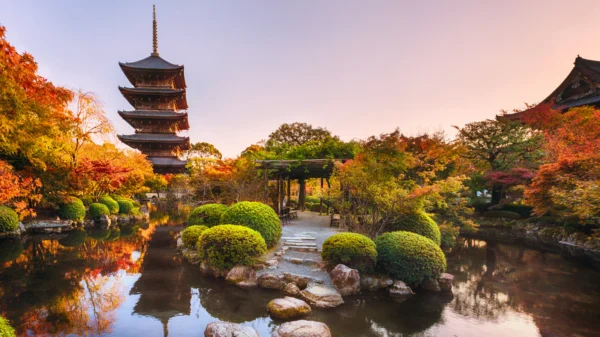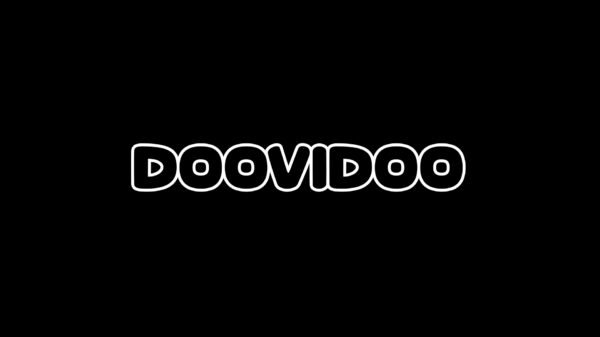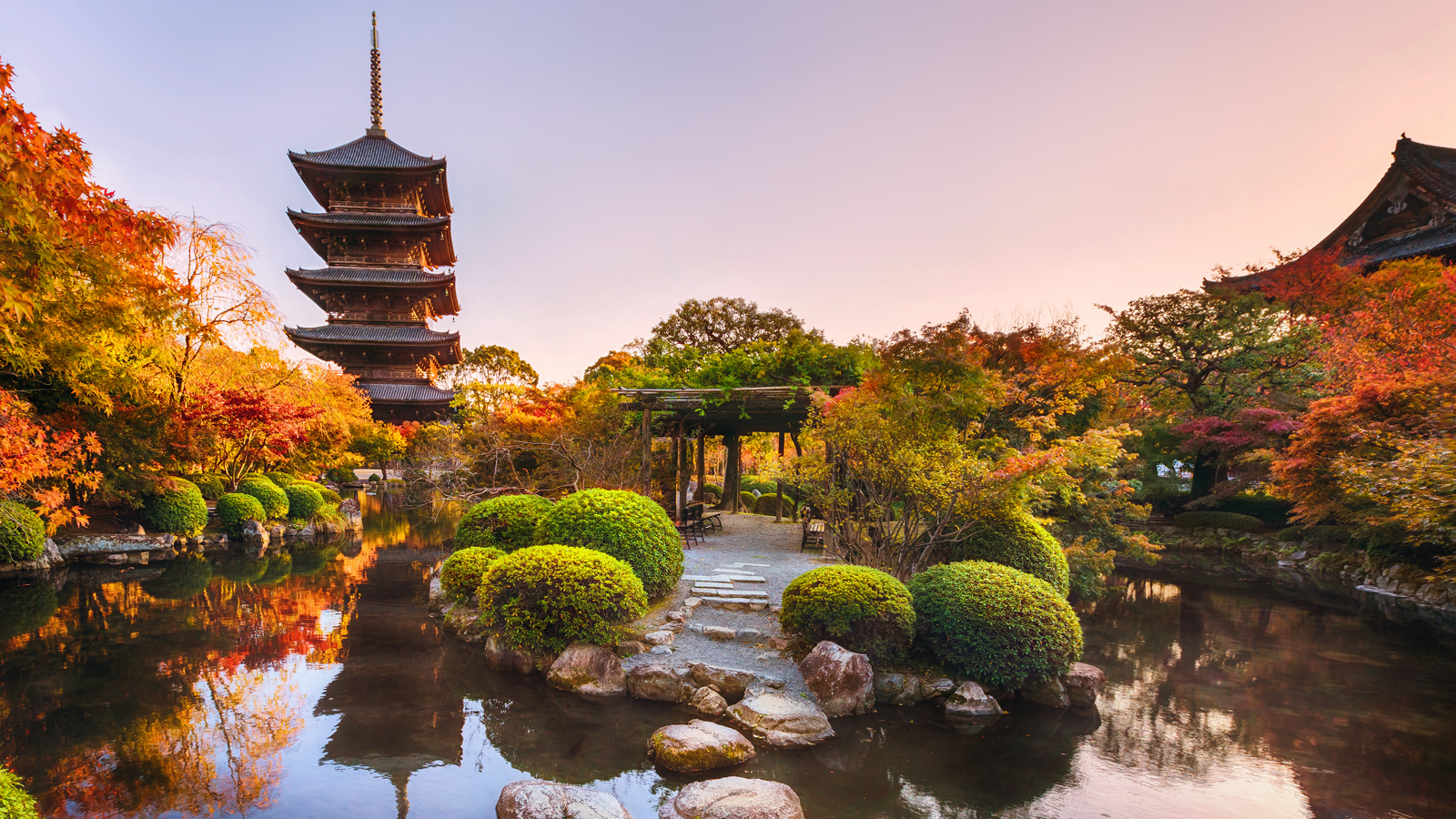I remember a famous haiku by Matsuo Basho, one of the all-time haiku masters. This poem paints a picture and sound of a frog jumping into a pond—a perfect reflection of Japanese poetry: capturing fleeting moments with deep echoes. Basho wrote it over 300 years ago:
Kawazu
Tobikomu mizu no
Oto
Roughly translated, it says: “Old pond, frog jumps in, splash.” This haiku became a symbol of the form and set the standard we still follow today. The beauty of haiku lies in its simplicity and its ability to capture a moment with a sharpness that’s hard to find in other forms of poetry.
Haiku: A Poetry Rooted in Nature
Haiku and nature are inseparable. Writing a good haiku requires a sharp eye for the small changes in your surroundings. Most haikus are inspired by the seasons, and traditional haiku has something called “kigo”—a special word that indicates the season. For example, in Basho’s poem, the word “kawazu” (frog) signals that it’s spring.
In Japan, you can see this level of observation everywhere. The city of Matsuyama, in Ehime Prefecture, is famous as the birthplace of Masaoka Shiki, who redefined modern haiku about 100 years ago. What struck me about Matsuyama was that it has almost 100 special mailboxes just for collecting haikus! Anyone can drop a poem in there. Each year, the city receives over 10,000 haikus, and the chosen ones are displayed all around the city for everyone to see. It’s mind-blowing how this poetic art form is still so alive in Japanese daily life.
Haiku Beyond Japan: A Global Phenomenon
Even though haiku started in Japan, its impact has spread way beyond. These days, haikus are written in over 30 different languages! Of course, international haikus often adapt the rules a bit. For example, it’s not always possible to stick to the 17-syllable format because of language differences. And outside Japan, many poets skip the “kigo” part since seasons don’t have the same symbolic meaning everywhere.
Personally, I find haiku to be a form of poetry that, despite being super short, packs a surprising emotional punch. In just three lines, you can capture a moment in nature that resonates with the reader in a unique way. It’s amazing to think that such a brief poetic form can have such a global reach and connect people across different cultures and languages with the same basic structure.
Haiku as a Way to Appreciate Life
For me, haiku is more than just poetry. It’s a way of seeing the world, of pausing for a moment to reflect on things that usually go unnoticed. In Japan, we have this belief that big things are contained in small things. A haiku might seem simple at first glance, but behind those few words is a whole world of meaning. Nature and seasonal change are common themes because they remind us of life’s cycle and the beauty of things that don’t last.
Whenever I read or write a haiku, I feel a deep connection to nature. This form of poetry has taught me to appreciate details and to pay attention to what’s right in front of me. It only takes 17 syllables to capture the sound of a frog jumping, the rustle of autumn leaves, or the first snowfall of winter.
Haiku are a simplified way to express the magic of Japan in a poem.
Haiku is the art of small things, but they pack a punch. Since it was created centuries ago in Japan, this form of poetry has proven its ability to transcend time, borders, and cultures. Writing haiku isn’t just a creative exercise—it’s an invitation to connect with the natural world and reflect on the passage of time. Like any form of art, haiku shows us how something so simple can have such a huge impact. In the end, I realize that haiku, with its simplicity and depth, reflects a life philosophy: what’s essential isn’t always found in the grand, but in what can be said in just three lines.














